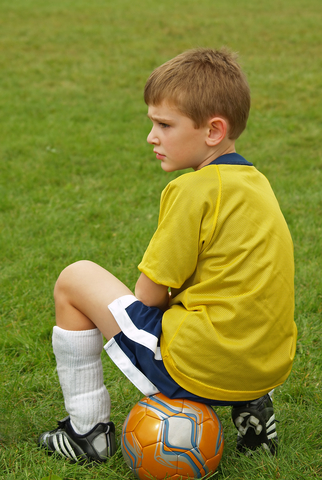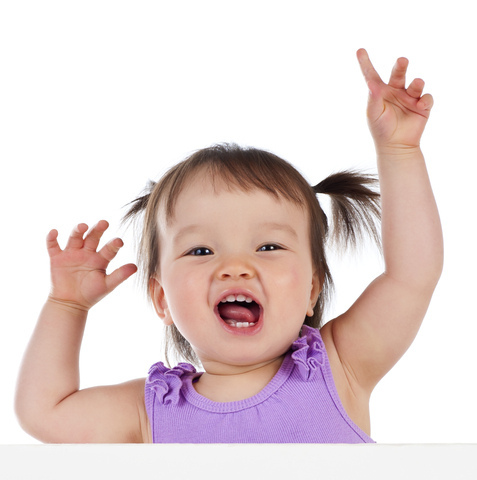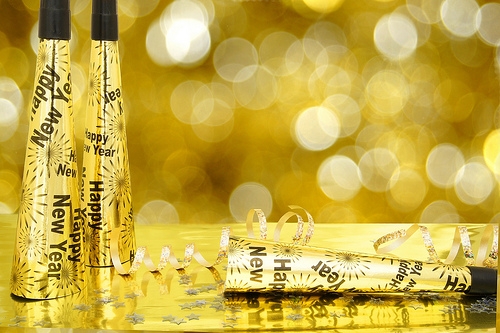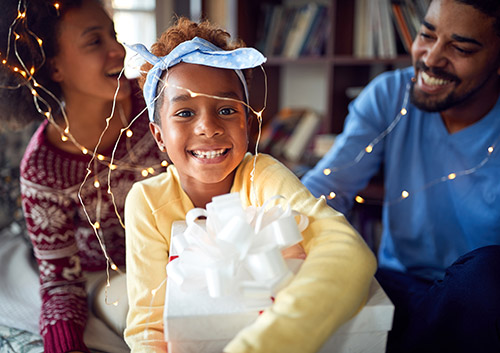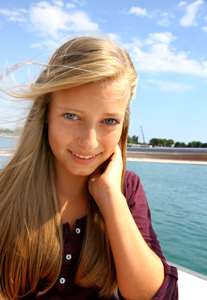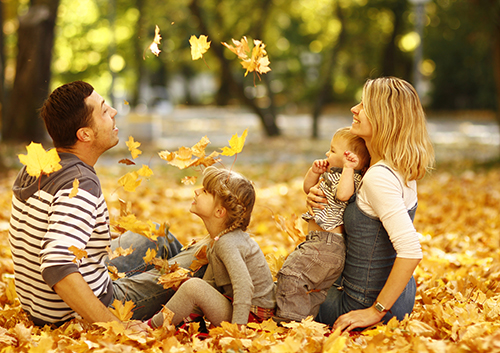Celebrate the Fourth with a Smile!
July 1st, 2025

As our nation prepares to observe its birthday, we’d like to share some timely dental tips to help make celebrating the Fourth of July more enjoyable for you and healthier for your teeth and gums.
Hydrate
It might be hot and humid where you’re living, so be sure to keep hydrated in the backyard or along the parade route. Proper hydration is essential for both your overall health and your oral health. Drinking water helps prevent cavities by washing away food particles and bacteria and reducing acidic conditions in the mouth.
Use Ice for Cooling, not Chewing
If you’re enjoying an icy cold beverage to beat the heat, don’t crunch down on that ice! Chewing on ice can lead to immediate disaster in the form of a chipped or cracked tooth or a broken filling or crown. And, over time, munching ice will damage your enamel, making your teeth more sensitive to heat and cold and more vulnerable to cavities.
Enjoy All Your Cookout Favorites
If you celebrate the Fourth with family and friends, there’s a good chance you’re celebrating outdoors. According to surveys, Independence Day is the most popular grilling day in the country. Are you sitting on the picnic table sidelines because of loose teeth, tooth pain, or missing teeth? Don’t miss out on any of the fun in Spokane, WA!
- Tooth pain can be caused by cavities. It can also be a sign of a damaged tooth or an infection. If you suffer persistent tooth pain lasting several days or more, it’s time for a dental appointment.
- Gum disease can cause bone loss, loose teeth, and lost teeth, making sharing a meal with friends something you avoid instead of something you look forward to. Regular flossing, cleanings, and checkups will help keep your gums in the pink. If you have advanced gum disease, we can discuss treatment options.
- If you or a loved one wear braces, be sure your BBQ choices are not only delicious, but safe for wires and brackets. Offer menu options which are braces-friendly—that is, which are soft and easy to eat rather than hard, crunchy, or sticky. Remove kernels from corn on the cob and have utensils available to cut finger foods like burgers and hot dogs into fork-friendly bits.
- Missing teeth not only make dining difficult, but can also lead to gum disease, decay, and misalignment in adjacent teeth. To enable you to enjoy your meals and to protect your dental health, talk to Drs. Coombs, Holmes, and Johnson about implants, bridges, or dentures to make your smile complete again.
Whether you’re marching in the parade, enjoying a meal with family and friends, oohing and aahing at the fireworks, or all of the above, we wish you a healthy and happy Fourth of July! If you have any dental concerns, we’re here at South Hill Pediatric Dentistry to help you achieve your best smile every day of the year.

































































